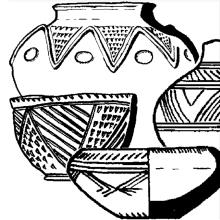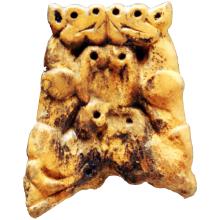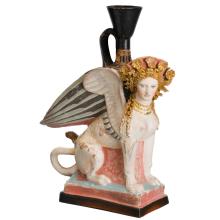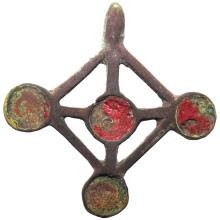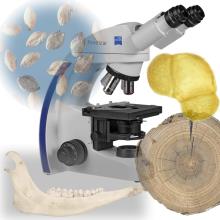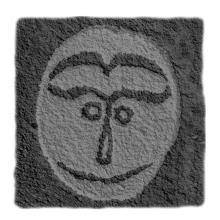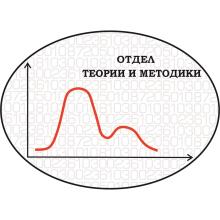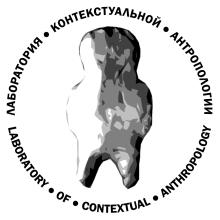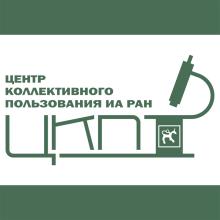
The main research problem underpinning the project is that more effort is needed to provide a comprehensive multidisciplinary study of an outstanding monument of Old Russian culture, featured on UNESCO’s World Heritage List - St. George’s Cathedral of Yuriev monastery in Velikiy Novgorod. Such a study must focus on the recently discovered (and unique in their artistry and painting technique) frescoes made in the cathedral in the first decades of 12th century, and on the whole material culture of a monastery sponsored by the princes of Novgorod. This includes architecture, monumental painting (also icons), manuscripts, building materials, burial constructions and the complex of archaeological finds. The project will for the first time suggest methodologies and techniques of studying the links between these material components measured by precise scientific instruments, on the one hand, and the exquisite art of the ensemble of St. George’s Cathedral of the Yuriev monastery.
The project’s main aim is a comprehensive study of the frescoes of St. George’s Cathedral, Yuriev monastery. Novgorod, making use of a wide range of analogies. We also aim to collect a wide array of scientific data on the structure of plaster and pigments used in painting the frescoes. The project also aims to present the data obtained by scientific methods In the historical context, including that of the histories of culture, architecture and material culture. The historical and archaeological context to put the frescoes in will be provided by on-site studies in anthropology, archaeology and architecture. An important objective of the project is to bring archaeology in close contact to all of these disciplines. The project team will focus on publishing the fresco images and making them available to researchers as one of the team’s priorities.



